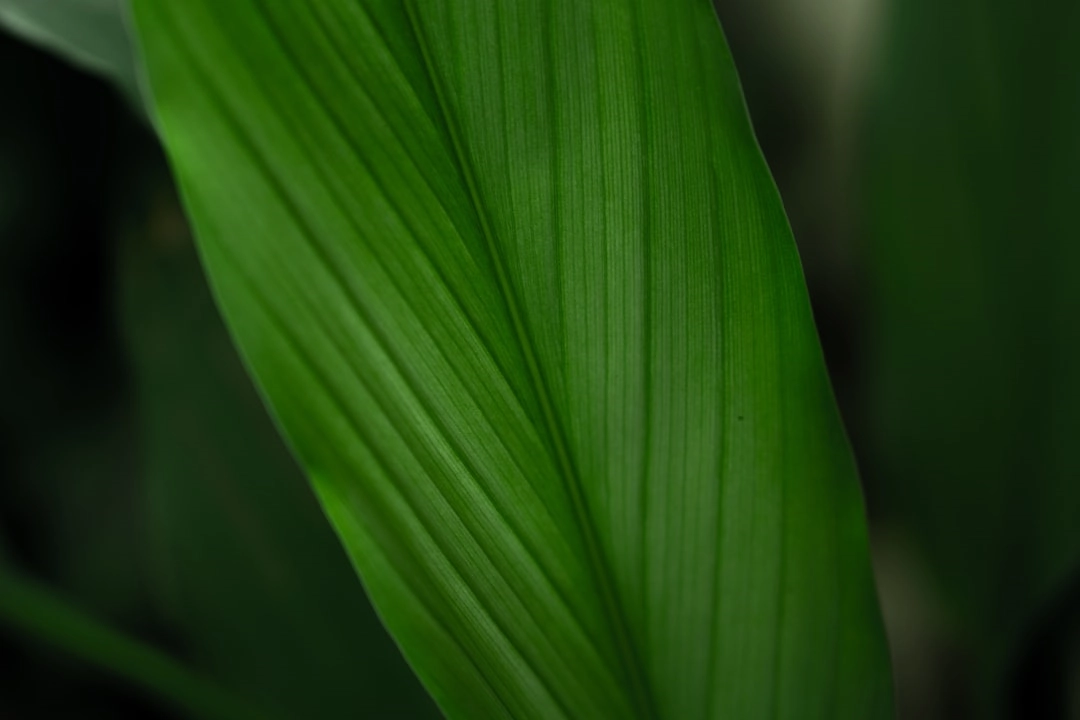
What is Green Methods in Lithography?
Lithography is a common printing process used in various industries, including advertising, packaging, and publishing. Traditionally, lithography involves the use of chemical-based inks, solvents, and cleaning agents that can have detrimental effects on the environment and human health.
Green methods in lithography, also known as environmentally friendly lithography, aim to minimize the negative environmental impact of the printing process. These methods incorporate sustainable practices and alternative materials to reduce waste, energy consumption, and harmful emissions.
Real-World Problems Associated with Traditional Lithography
Traditional lithography techniques have several environmental drawbacks that need to be addressed:
Emissions and Air Pollution
Traditional lithography processes emit volatile organic compounds (VOCs) and hazardous air pollutants (HAPs). These pollutants can contribute to air pollution and have a negative impact on human health, as well as on the ozone layer and climate change.
Water Pollution
The use of chemical-based inks and solvents in traditional lithography can lead to the contamination of water sources. When these chemicals are improperly disposed of or washed down drains, they can pollute rivers, lakes, and groundwater, affecting aquatic ecosystems and drinking water supplies.
Waste Generation
Traditional lithography produces significant amounts of waste, including discarded inks, solvents, and printing plates. The disposal of these materials can pose challenges and contribute to landfill pollution. Additionally, the production of lithographic plates requires the use of aluminum, which has its own environmental consequences.

Solutions to Green Methods in Lithography
Thankfully, there are several solutions and advancements in the field of green methods in lithography that can help address the environmental concerns mentioned above:
Use of Vegetable-Based Inks
One solution is the adoption of vegetable-based inks, which are derived from renewable resources such as soy, linseed, or corn. These inks have lower levels of VOCs and HAPs, resulting in reduced emissions and less air pollution during the printing process.
Waterless Printing Technology
Waterless printing technology eliminates the need for wetting solutions and dampening systems traditionally used in lithography. This reduces water consumption and the risk of water pollution. Furthermore, waterless printing can provide higher print quality and efficiency.
Digital Lithography
Digital lithography offers an eco-friendly alternative to traditional lithographic methods. This technology uses digital files to directly transfer ink onto the printing surface, eliminating the need for printing plates and their associated waste generation. It also allows for on-demand printing, reducing overproduction and minimizing ink and material waste.
Recycling and Proper Waste Management
Implementing efficient recycling and waste management practices is crucial in reducing the environmental impact of lithography. Recycling ink cartridges, properly disposing of chemical waste, and recycling aluminum lithographic plates can significantly minimize landfill waste and conserve resources.
Educating and Collaborating with Industry Professionals
Education and collaboration play a vital role in the widespread adoption of green methods in lithography. By raising awareness about the environmental consequences of traditional printing methods and providing training on sustainable alternatives, industry professionals can collectively work towards a more environmentally responsible future.















